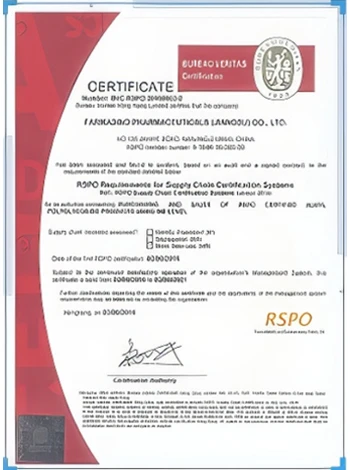



Production Process of Calcium Ammonium Nitrate and Its Applications in Agriculture
The Manufacture of Calcium Ammonium Nitrate A Comprehensive Overview
Calcium ammonium nitrate, commonly known as CAN, is a widely used fertilizer that plays a crucial role in modern agriculture. It provides essential nutrients to plants, helping to enhance growth and yield. The production of CAN involves a series of chemical processes that transform raw materials into a valuable agricultural product. This article aims to provide an overview of the manufacture of calcium ammonium nitrate, focusing on the processes involved, its properties, and its significance in agriculture.
Composition and Properties
Calcium ammonium nitrate is a compound composed of calcium, nitrogen, and oxygen. Its chemical formula is typically represented as Ca(NO3)2·4NH4NO3, indicating the presence of both calcium nitrate and ammonium nitrate. This unique composition allows CAN to deliver both calcium and nitrogen to plants, essential elements necessary for various physiological functions, including root development and chlorophyll production.
CAN is characterized by its hygroscopic nature, which means it can absorb moisture from the environment. This property can be advantageous in certain agricultural applications, as it helps maintain soil moisture levels. Additionally, CAN is relatively stable and has a lower risk of explosion compared to other nitrogenous fertilizers, making it safer for storage and handling.
The Manufacturing Process
The production of calcium ammonium nitrate consists of several key steps. The primary raw materials used in this process are limestone, ammonia, and nitric acid. Here’s a breakdown of the manufacturing steps
1. Production of Ammonia The process begins with the synthesis of ammonia (NH3) through the Haber-Bosch process, which combines nitrogen from the air and hydrogen from natural gas under high temperature and pressure. This ammonia will serve as a vital component in the subsequent steps.
2. Production of Nitric Acid The next step involves the production of nitric acid (HNO3) by oxidizing ammonia. This is typically done using a catalytic process that transforms ammonia into nitrogen dioxide (NO2), which is then absorbed in water to produce nitric acid.
3. Formation of Calcium Nitrate Calcium nitrate is produced by neutralizing nitric acid with calcium carbonate or limestone. The reaction results in the formation of calcium nitrate and carbon dioxide (CO2).
manufacture of calcium ammonium nitrate pdf

\[ 2 HNO3 + CaCO3 \rightarrow Ca(NO3)2 + CO2 + H2O \]
4. Ammonium Nitrate Formation The ammonia produced earlier is then reacted with nitric acid to form ammonium nitrate (NH4NO3).
\[ NH3 + HNO3 \rightarrow NH4NO3 \]
5. Combining Calcium Nitrate and Ammonium Nitrate The final step of the process involves mixing the calcium nitrate solution with ammonium nitrate. The resulting solution is then concentrated, cooled, and crystallized to obtain solid CAN.
6. Granulation The crystallized product is typically granulated to produce a free-flowing fertilizer that is suitable for application in agricultural practices.
Applications in Agriculture
Calcium ammonium nitrate is predominantly used as a nitrogen fertilizer due to its high nitrogen content, which is essential for plant growth. The presence of calcium not only supports plant health but also improves soil structure and fertility. CAN is particularly beneficial for crops such as vegetables, fruits, and grains, which require ample nitrogen for optimal growth.
One of the primary advantages of using CAN over other nitrogen fertilizers is its ability to reduce the risk of nitrate leaching into groundwater. This is crucial in promoting sustainable agricultural practices. Additionally, the slow-release properties of CAN mean that plants can absorb nutrients over a prolonged period, reducing the need for frequent applications.
Conclusion
In summary, the manufacture of calcium ammonium nitrate involves various chemical reactions that transform limestone, ammonia, and nitric acid into a valuable fertilizer. Its unique composition and properties make it an essential input for modern agriculture. As the global demand for food continues to increase, effective fertilizers like CAN will play a vital role in ensuring food security and promoting sustainable agricultural practices. Understanding the manufacturing processes and benefits of calcium ammonium nitrate equips farmers and stakeholders with the knowledge necessary to optimize its use for better crop yields and environmental stewardship.
-
Why Sodium Persulfate Is Everywhere NowNewsJul.07,2025
-
Why Polyacrylamide Is in High DemandNewsJul.07,2025
-
Understanding Paint Chemicals and Their ApplicationsNewsJul.07,2025
-
Smart Use Of Mining ChemicalsNewsJul.07,2025
-
Practical Uses of Potassium MonopersulfateNewsJul.07,2025
-
Agrochemicals In Real FarmingNewsJul.07,2025
-
Sodium Chlorite Hot UsesNewsJul.01,2025










